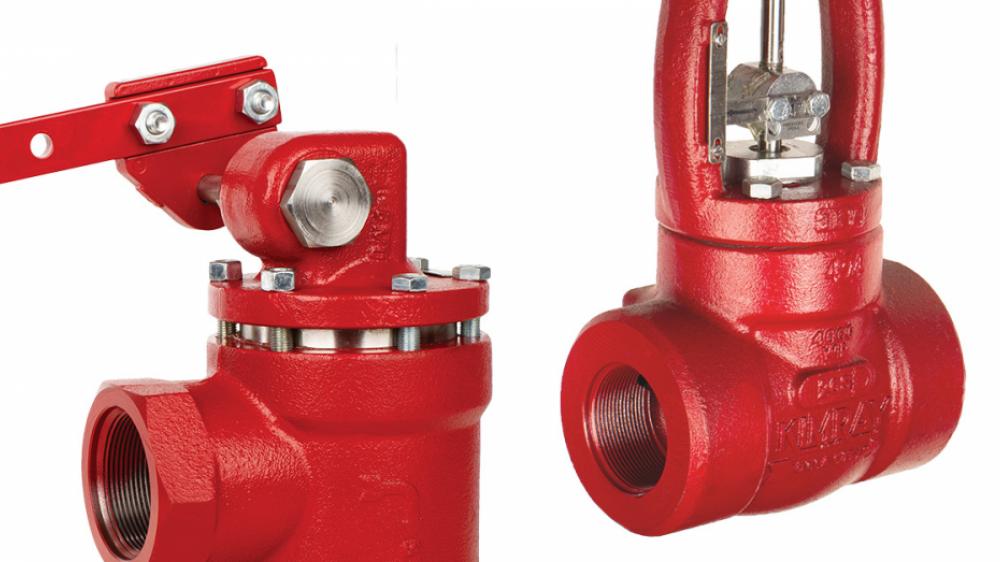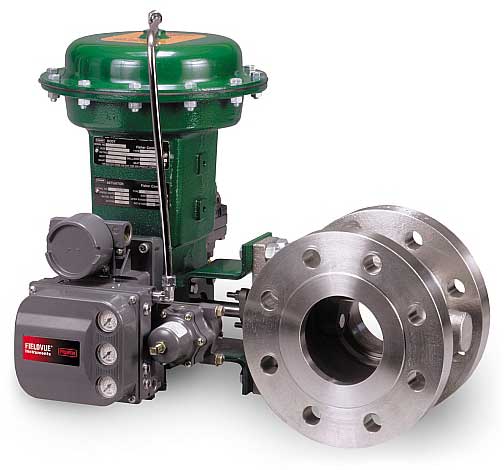Efficient Control Valves: Secret Elements for Efficient System Administration
Efficient Control Valves: Secret Elements for Efficient System Administration
Blog Article

Maximize Energy Cost Savings and Comfort With Advanced Structure Automation Controls
In the realm of contemporary architecture and facility monitoring, the integration of sophisticated building automation controls stands as a pivotal advancement. The convergence of innovation and sustainability has birthed a brand-new period where power effectiveness, convenience optimization, and operational streamlining are no much longer far-off desires yet obtainable realities. By harnessing the power of automation, structures can adapt, respond, and advance in manner ins which were once unthinkable. The capacity for substantial power cost savings and enhanced convenience is not just an opportunity but a promise waiting to be fulfilled. This standard shift in structure administration holds the vital to unlocking a globe where environmental conscientiousness and resident health sympathetically exist side-by-side within the walls of our structures.
Energy Performance Perks
Power effectiveness advantages can considerably decrease energy consumption and functional prices in structures. By carrying out energy-efficient practices and innovations, building owners and operators can attain significant savings while also contributing to environmental sustainability. Among the key advantages of improving power efficiency in buildings is the decrease of utility bills. Energy-efficient systems, such as innovative structure automation controls, can enhance the usage of sources like lights, air conditioning, and home heating, bring about lower energy expenses in time.
Furthermore, enhanced power effectiveness can prolong the lifespan of structure tools and systems. By running extra successfully, HVAC systems, lighting components, and other building components experience less damage, causing reduced maintenance and substitute prices. Additionally, energy-efficient buildings often command greater property worths and rental rates, providing lasting economic advantages to owners.
Moreover, energy performance can enhance owner comfort and performance. Correctly controlled interior atmospheres with ideal lights and thermal conditions create an even more enjoyable and favorable work space, leading to enhanced staff member contentment and performance. On the whole, the energy efficiency advantages connected with advanced structure automation controls are diverse, incorporating cost financial savings, environmental stewardship, and resident health.
Improved Comfort Control
Enhancing comfort control in structure atmospheres calls for an innovative assimilation of innovative automation systems for ideal resident health. By making use of innovative structure automation controls, facilities can customize the interior environment to fulfill the certain needs and choices of residents. control valves.
Boosted comfort control exceeds standard temperature level adjustments. It includes attributes such as personalized setups, occupancy sensors, and all-natural light utilization to create a vibrant and receptive setting. By integrating these sophisticated controls, buildings can not only improve comfort yet additionally improve power performance by optimizing system operations based upon real tenancy and use patterns. Ultimately, prioritizing resident comfort through sophisticated automation systems results in a much more satisfying and healthier indoor atmosphere.
Functional Efficiency Improvements

Additionally, the execution of real-time surveillance and analytics devices allows structure operators to identify power ineffectiveness and operational anomalies quickly. By constantly keeping an eye on energy usage patterns and system performance metrics, changes can be made in real-time to maximize power usage and guarantee peak operational effectiveness. control valves. Furthermore, including need reaction methods right into structure automation controls can even more enhance operational efficiency by dynamically adjusting power usage based upon grid problems and pricing signals
Indoor Climate Optimization
Effective interior environment optimization is a fundamental facet of building automation controls, guaranteeing owners' comfort and wellness while making best use of power financial savings. By making use of innovative sensors and controls, developing automation systems can continuously adjust and monitor temperature level, humidity levels, air quality, and ventilation to develop an ideal indoor setting. this page Preserving comfortable and regular conditions not only improves resident contentment but likewise improves performance and general well-being.
Interior environment optimization additionally plays a vital duty in power efficiency. By fine-tuning heating, ventilation, and cooling systems based on real-time data and occupancy patterns, building automation controls can dramatically decrease energy usage - control valves. For circumstances, implementing approaches such as demand-controlled air flow and thermal zoning can assist reduce energy waste while making sure that each location of the building obtains the needed conditioning.

Lasting Setting Production
Building automation regulates not just maximize interior environment problems for energy effectiveness and passenger comfort however also lay the foundation for creating a sustainable environment through tactical administration of resources and systems. By incorporating innovative structure automation technologies, such as sensing units, actuators, and smart software application, centers can change and keep track of energy usage in real-time to reduce waste and reduce their carbon impact. These systems enable predictive maintenance, recognizing prospective problems prior to they intensify and optimizing equipment performance to improve durability and performance.
Moreover, lasting environment development expands past energy administration to additional reading encompass water preservation, waste decrease, and indoor air high quality enhancement. Building automation controls can manage water usage, spot leaks, and make sure appropriate garbage disposal techniques, adding to general sustainability efforts. In addition, by managing and keeping track of ventilation and filtration systems, these technologies improve resident health and wellness and productivity while decreasing power usage related to cooling and heating procedures.
Verdict
In verdict, advanced structure automation controls offer substantial advantages in terms of energy financial savings, comfort control, operational effectiveness, indoor climate optimization, and developing a sustainable setting. By carrying out these controls, buildings can achieve ideal performance while minimizing power usage and improving resident convenience. It is noticeable that making use of innovative automation modern technology is important in boosting structure performance and developing an extra sustainable future.
Energy efficiency advantages can significantly minimize Full Article energy usage and functional costs in buildings. On the whole, the power performance benefits connected with sophisticated structure automation controls are diverse, encompassing expense savings, environmental stewardship, and passenger wellness.
Furthermore, incorporating demand reaction approaches right into structure automation controls can even more enhance functional performance by dynamically adjusting power use based on grid conditions and pricing signals.
Building automation regulates not only enhance interior climate problems for power performance and resident comfort however also lay the structure for creating a sustainable environment through calculated administration of sources and systems.In final thought, advanced building automation regulates deal considerable benefits in terms of power financial savings, comfort control, operational effectiveness, interior climate optimization, and creating a sustainable atmosphere.
Report this page